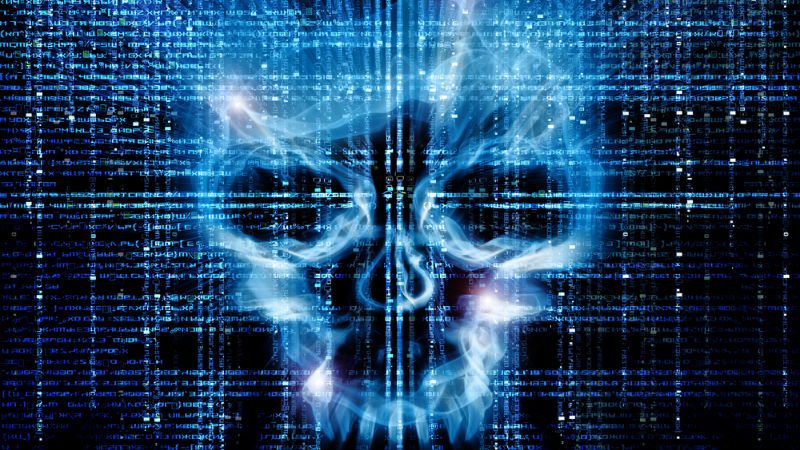
At a summit held last week to commemorate its 75th anniversary, NATO announced the creation of the NATO Integrated Cyber Defence Centre (NICC), which it said would “enhance the protection of NATO and Allied networks and the use of cyberspace as an operational domain.”
The new facility, which will be situated at the Supreme Headquarters Allied Powers Europe (SHAPE) in Belgium, aims to bolster the alliance’s resilience and response to digital threats.
NATO now represents 32 nations and countries, including its 12 founding members – Belgium, Canada, Denmark, France, Iceland, Italy, Luxembourg, the Netherlands, Norway, Portugal, the United Kingdom and the United States.
NATO agrees to new Cyber Defence Centre
NATO came about “in response to the threat posed by the Soviet Union,” and while a further 20 countries have joined since its inception, including Sweden in 2024, the organization remains committed to combatting threats from the same nations.
However, the evolution of threats has called for the evolution of response. While traditional warfare continues to be a threat, digital warfare carries a less obvious but equally disruptive and destructive challenge.
NATO announced that the NICC “will leverage advanced technologies to increase our situational awareness in cyberspace and enhance collective resilience and defence.”
The Organization’s increased focus on cyber defense comes amidst concerns about Russian and Chinese threat actors. In October 2023, Microsoft warned that Chinese cyber actors had infiltrated critical infrastructure networks, possibly preparing for destructive attacks in a conflict scenario. Russia’s ongoing cyber-espionage efforts and disinformation campaigns continue to mount the pressure.
Information regarding the NICC is thin, but NATO added: “Details on the structure and functions of the Centre will be developed in the coming months.”




















+ There are no comments
Add yours